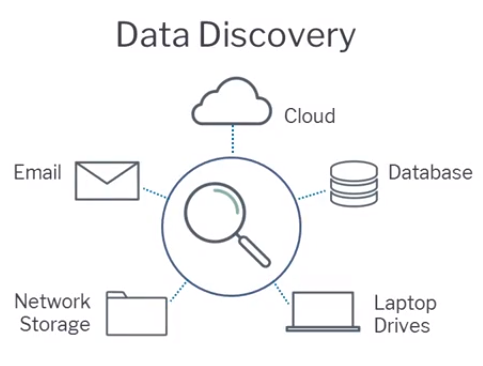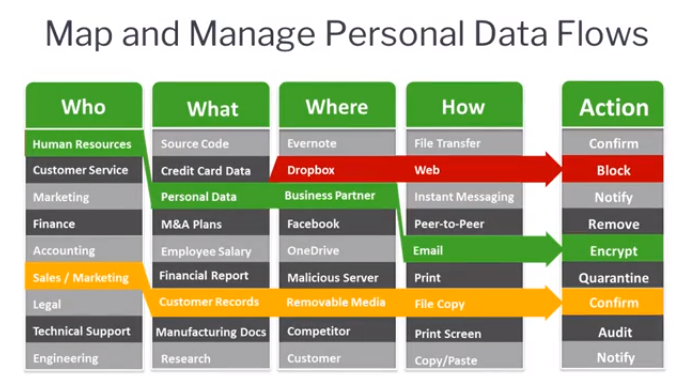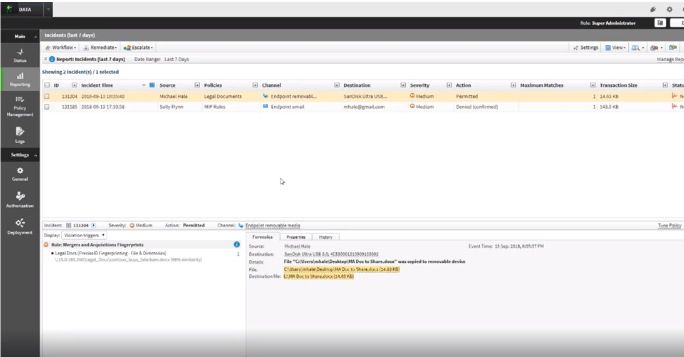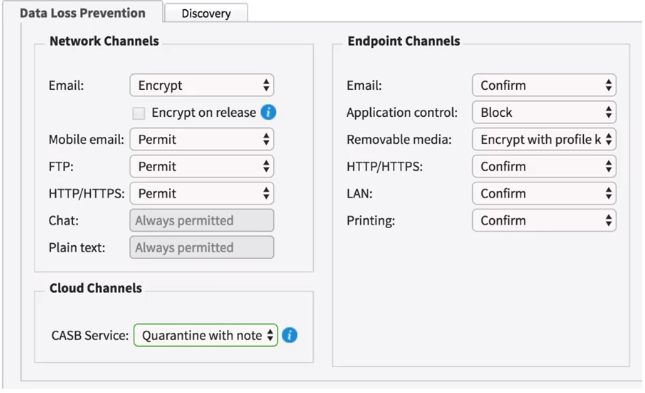
Forcepoint Philippines Overview:
With the introduction of digital transformation, cloud and mobility, businesses have been able to improve many aspects of their operations. This however, also changed the structure of how security should be handled in many ways. Many organizations still struggle to empower their mobile workforce, maintain applications, and properly protect data as it goes through the different environments.
You may be wondering what is the main problem that is causing such a major roadblock, the answer is traditional security. Traditional approaches for data protection are usually rigid in the way it handles protection due to its nature to only permit or to block. This causes an endless flow of false positive alarms and alerts which can overwhelm the security team. It causes them to struggle to identify, triage, optimize system policies which leaves more room for error when trying to find the real risks in the system.
This is where Forcepoint Dynamic Data Protection can help. With its behavior-centric analytics which integrates with data protection tools, it allows you to prioritize high-risk activities and automate policies to protect data as close to real time as you can. This ensures that you have the highest level of security while making sure that you don’t affect workforce productivity.
Force point does this through focusing on the following:
Limited visibility and control on your corporate data

Many organizations are guilty of not knowing how their sensitive data is shared and stored. This can cause major security issues as many users are not aware of how to properly handle sensitive data.

Forcepoint can apply an array of different methods such as finger printing to help identify your sensitive data while providing an extensive library of policies in which can help ease the process of file deployment.
Security team unable to keep up with the high amount of alerts

With the traditional approach, security teams are bombarded with many alerts which are usually false positives. This usually gives them no time to check all alerts and even make exceptions to some users so that the user experience won’t be affected. Forcepoint can help ease the burden of your IT team by using risk-based approach per user which depending on how sensitive files are and also using machine learning to continually check for user behavior to update the risk scores. Forcepoint can also detect and automate classification labels from 3rd party classification solutions like Microsoft Information Protection.
Unable to apply your policies across all different endpoints, network, and cloud applications

With a mobile workforce, it is key to allow them to use the many different tools they might need to successfully do their job whether it be through cloud applications or working with the company resources in the office. This however, increases the attack surface that many cyber criminals may us to get in the system or steal corporate data. With Forcepoint, you can help mitigate this by using a unified policy enforcement that ensures that all users on any avenue is complying with the data protection guidelines. Forcepoint even helps educate your users to lessen bad behavior or habits they may have when it comes to data handling by providing a helpful coaching approach through in-app tutorials.
Going beyond Data Loss Prevention (DLP)
With Forcepoint, you’ll be able to leverage your analytics to get more out of your DLP solution through the following:

Risk adaptive protection dynamically applies monitoring and enforcement

Understand risky behavior in real time

Incorporate automation into your security posture
If you are interested in learning more on how our solution works, contact us by filling the form here. We would be glad to go into further detail with your team by having one of our team members reach out!
By clicking “Submit,” you agree to our Privacy Policy and consent to the collection and use of your personal information as described therein.
